Unusual jobs people had during the great depression
The Great Depression was a time of economic despair, yet it also sparked inventive ways to find work and make ends meet. This era, which lasted from 1929 to the late 1930s, saw unemployment rates soar to about 25% in the United States.
In the face of hardship, people turned to unconventional jobs, demonstrating resilience and creativity. These unique roles offer a fascinating glimpse into the past and highlight how necessity often breeds innovation.
The Role of Creativity in Employment During Tough Times
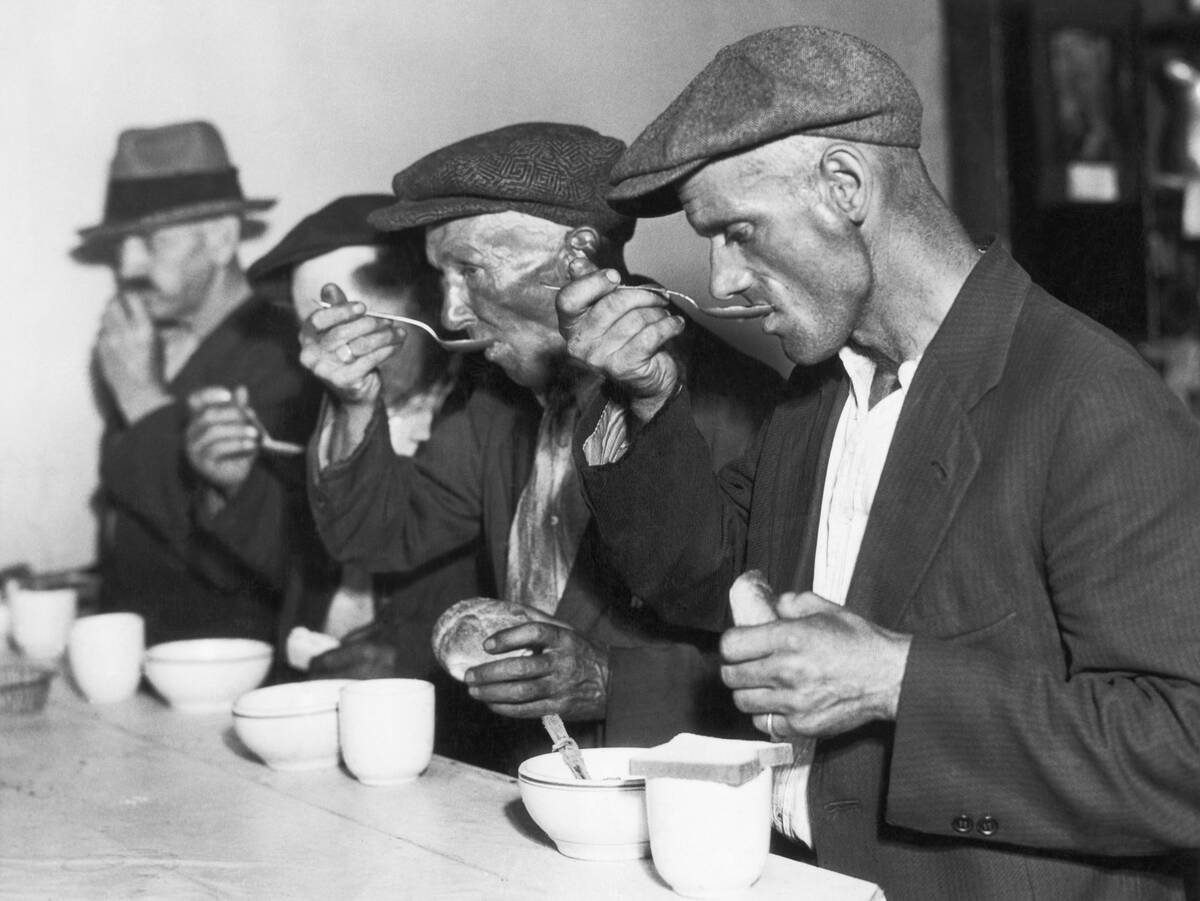
During the Great Depression, creativity became a crucial asset for survival. Many individuals took on multiple odd jobs, adapting to whatever opportunities arose. From freelance gigs to barter systems, people used their skills in unexpected ways.
This period showcased human ingenuity, as people found work in roles that might seem unusual by today’s standards, proving that creativity can thrive even in the toughest times.
Pinsetters: The Original Bowling Alley Assistants
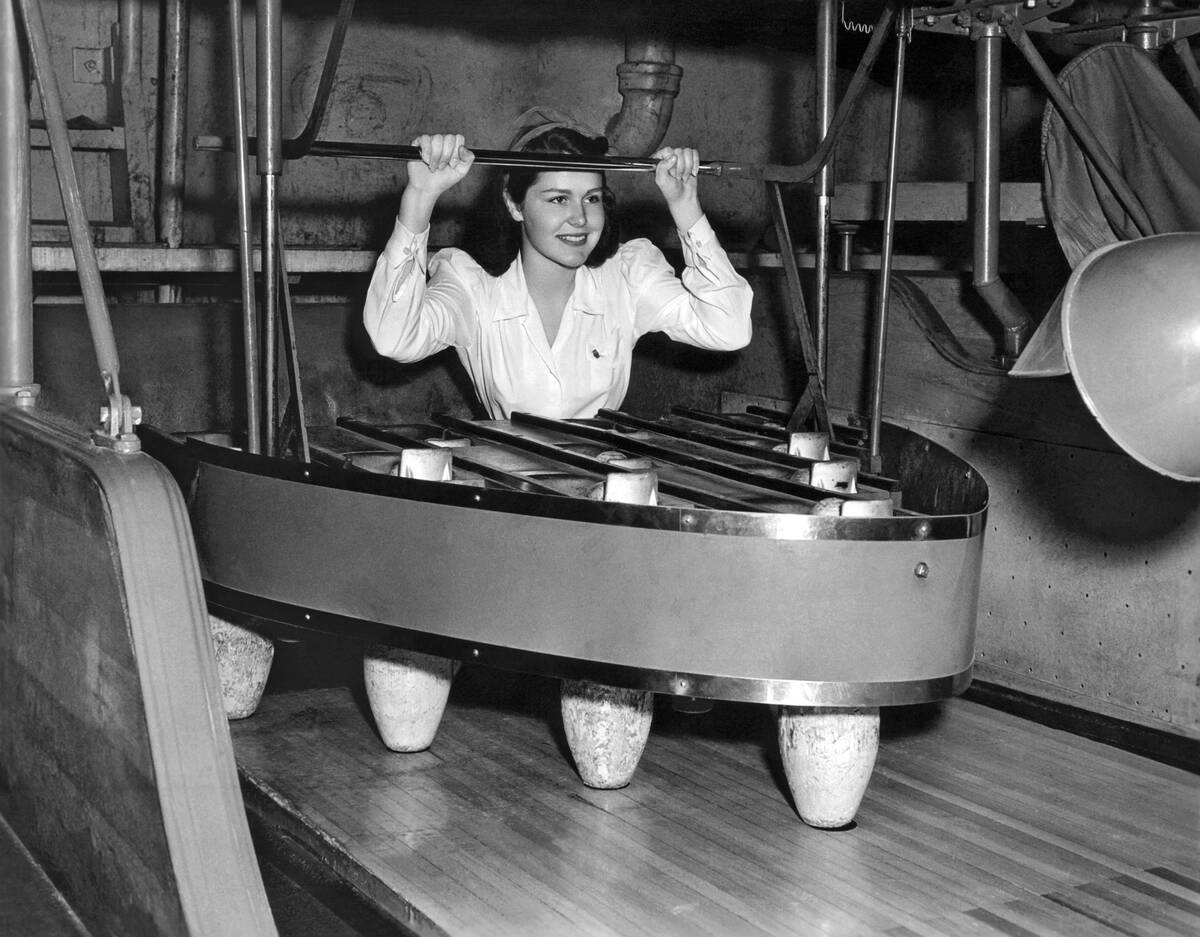
Before the advent of automatic pinsetters, human pinsetters were essential to the bowling experience. These young workers reset the pins by hand, often dodging incoming bowling balls.
It was a job that required agility and speed, as bowlers were eager to keep their games moving. Pinsetters were typically teenagers, earning a modest wage while honing their reflexes, and adding a unique human element to the game.
Ice Delivery: Keeping Cool Before Refrigerators
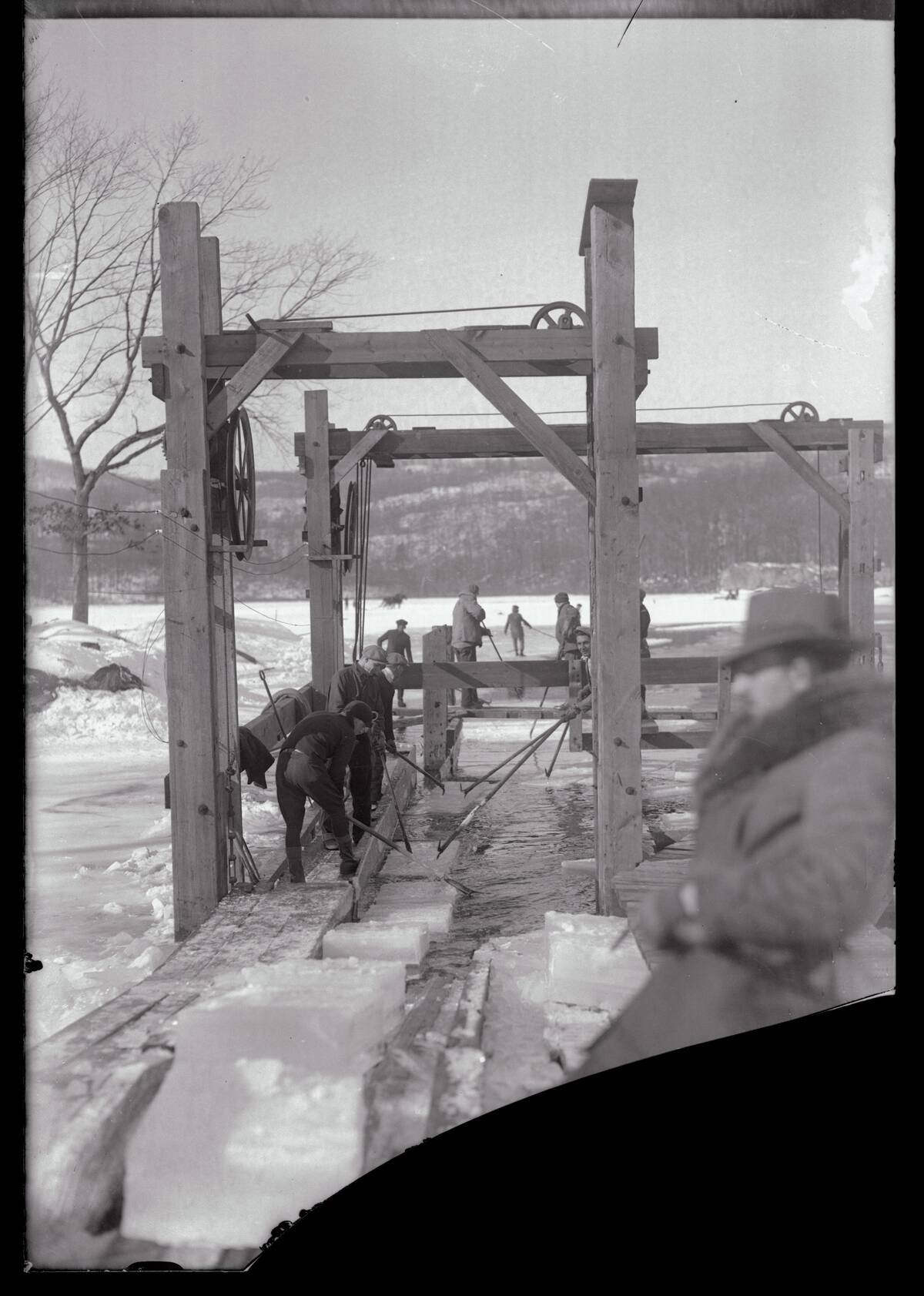
In the days before electric refrigerators, ice delivery was crucial for food preservation. Ice men delivered large blocks of ice to homes, often using tongs to carry the slippery chunks.
This job demanded strength and endurance, as they navigated neighborhoods with horse-drawn carts. Ice deliveries were a lifeline for families, ensuring perishables stayed fresh even in summer’s heat, a testament to the era’s resourcefulness.
Switchboard Operators: The Human Connection in Communication
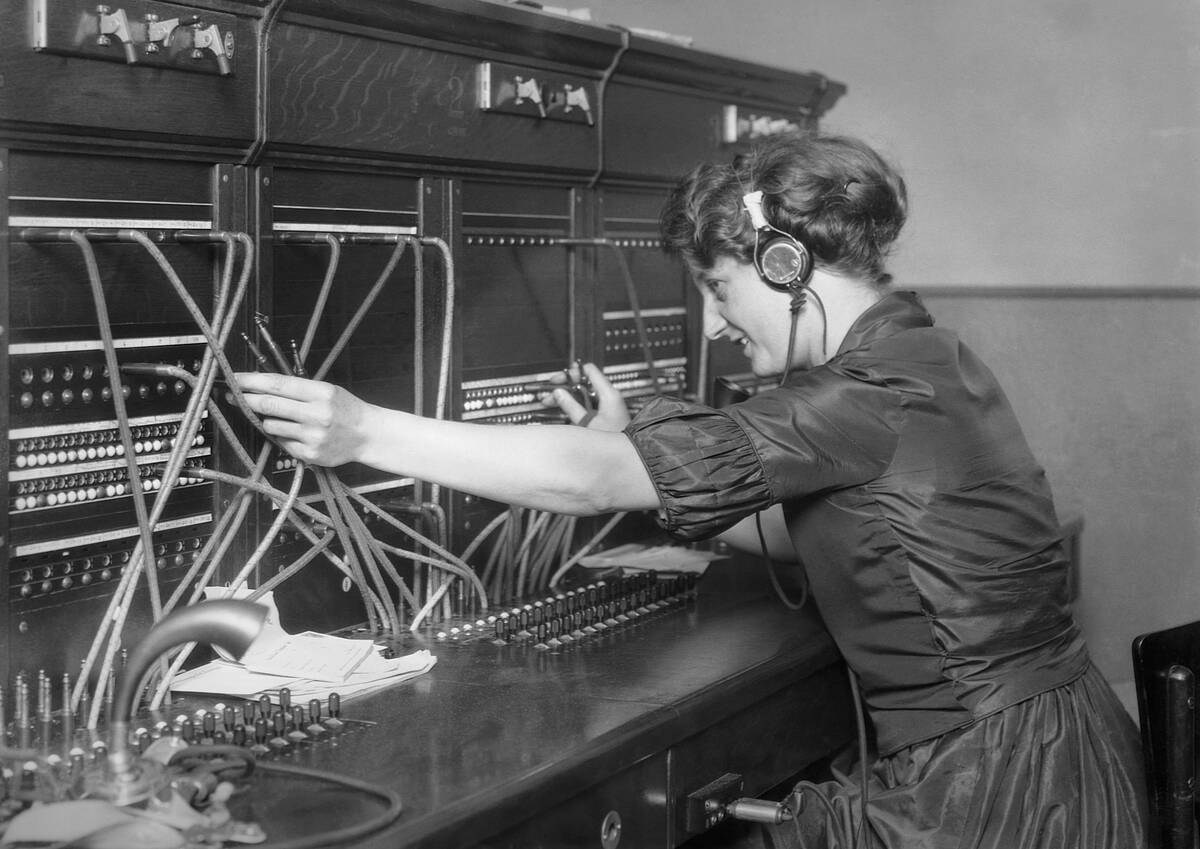
Switchboard operators were the backbone of early telecommunications, connecting calls by manually plugging wires into a switchboard. Predominantly women, these operators managed multiple calls simultaneously with impressive dexterity.
They were more than just connectors; they were the human touch in communication, sometimes offering friendly advice or support during calls, reflecting the personal nature of service in that era.
Milkmen: The Daily Dairy Delivery Service
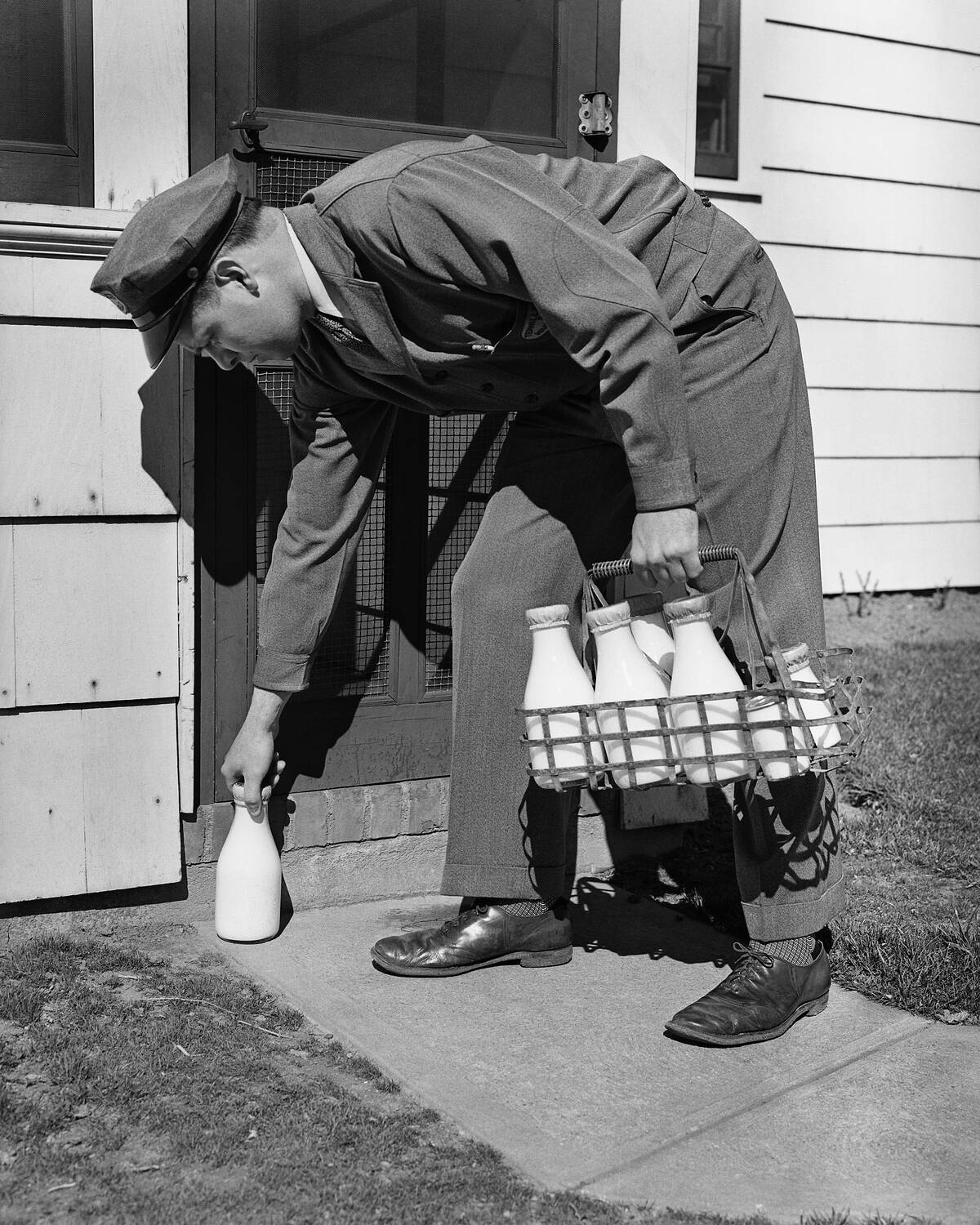
Milkmen were a staple of daily life, delivering fresh milk to doorsteps in glass bottles. This early morning role required punctuality and reliability, ensuring families had fresh dairy products each day.
Milkmen often formed close relationships with their customers, providing a personal touch to their deliveries. Despite the challenges of weather and early hours, they were a cherished part of community life.
Traveling Salesmen: Peddling Wares Across the Country
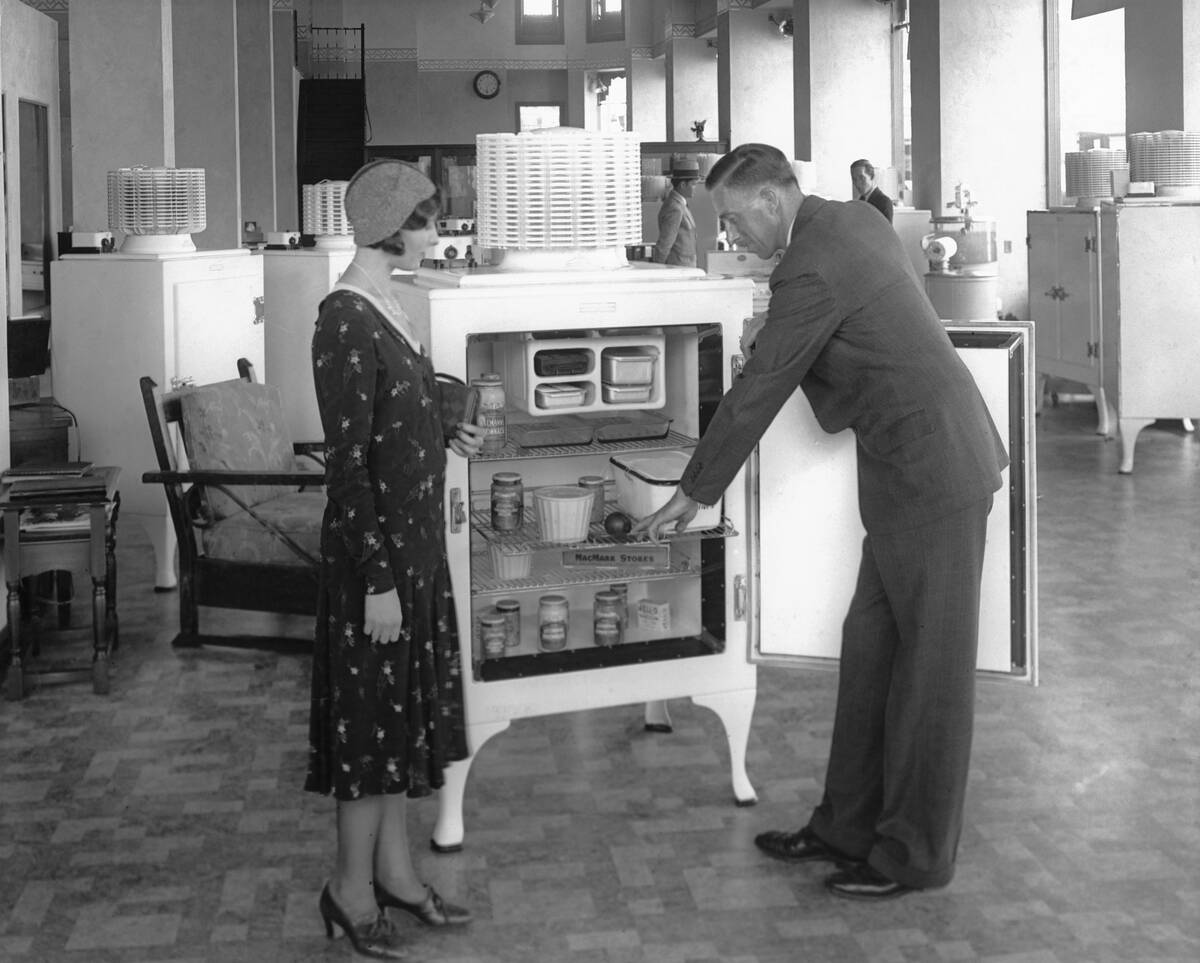
Traveling salesmen roamed the country, selling various products from door to door. With suitcases full of samples, they brought goods directly to consumers who might not have access to stores.
These salesmen were skilled in the art of persuasion, often relying on charm and persistence to make a sale. Their travels helped spread new products and ideas, making them pivotal in connecting rural and urban areas.
Lamp Lighters: Illuminating the Streets Before Electricity
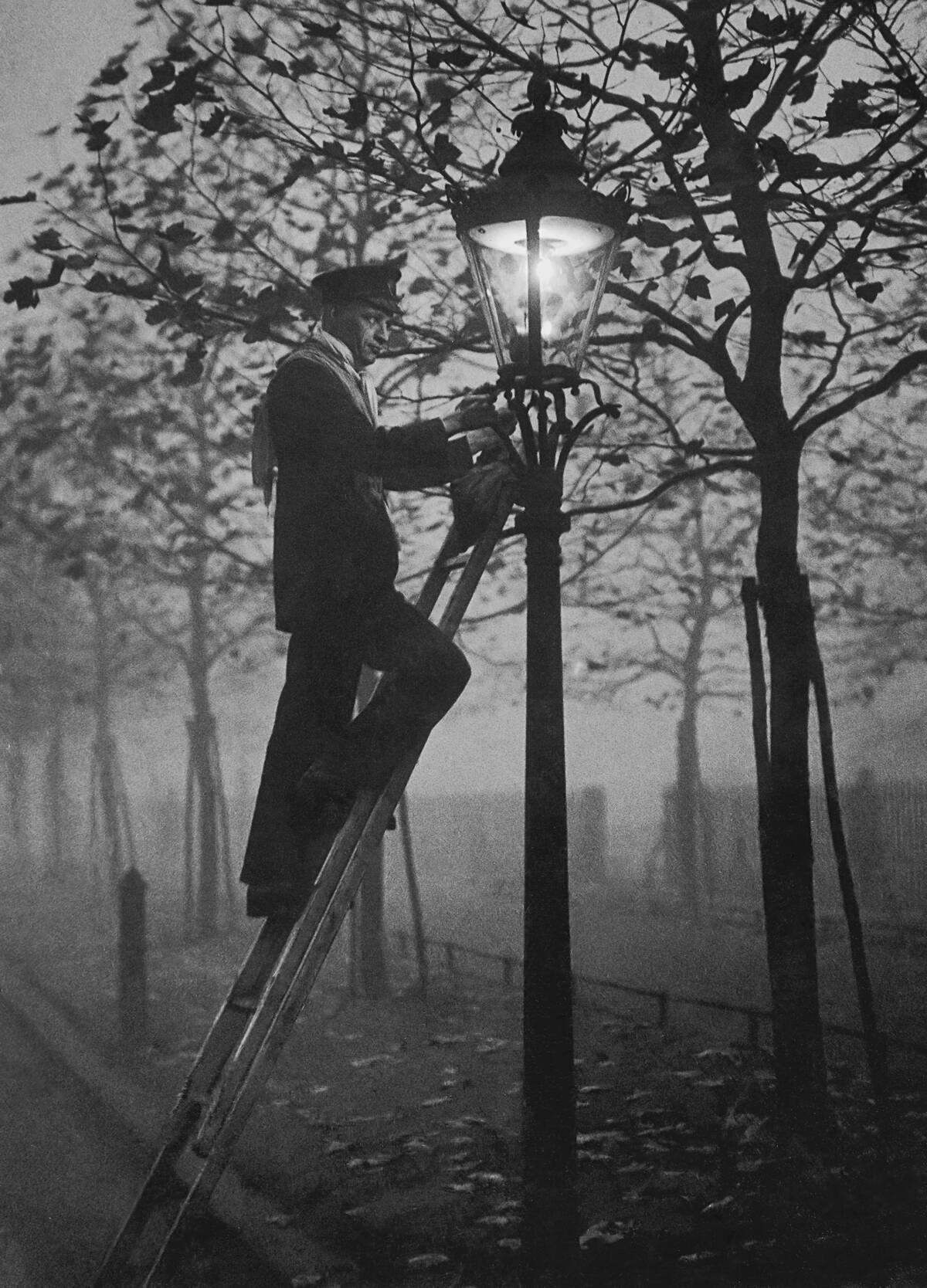
Before electric streetlights, lamp lighters were responsible for lighting and extinguishing gas lamps each day. This role required meticulous attention to timing, as streets needed to be illuminated by dusk.
Lamp lighters used long poles to reach the lamps, ensuring public safety and visibility. Their evening rounds were a familiar sight, marking the transition from day to night in urban landscapes.
Movie Projectionists: Bringing Silver Screen Magic to Life
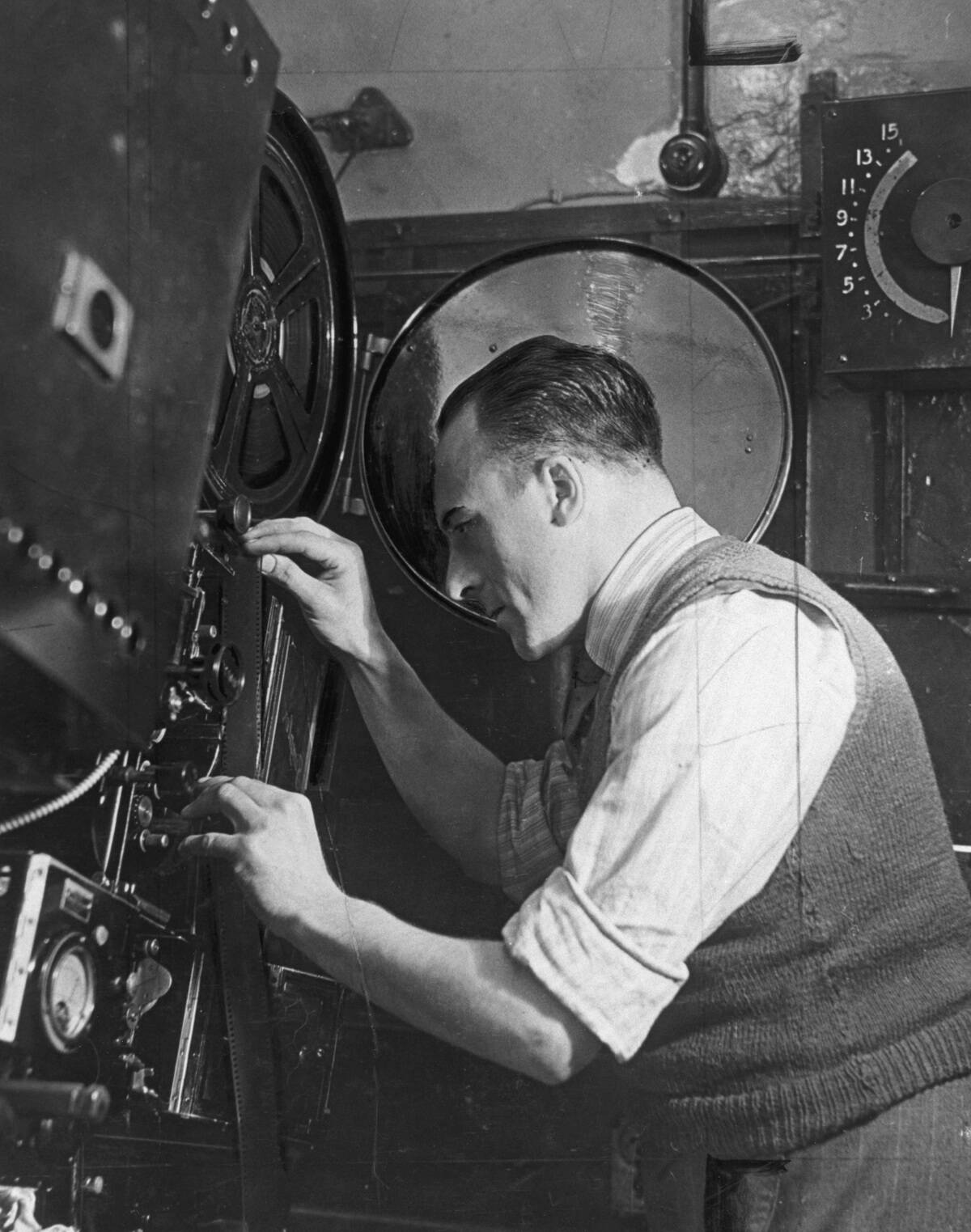
Movie projectionists were the unseen heroes of the cinema, responsible for operating film projectors and ensuring seamless screenings. This job required technical skill and precision, as film reels needed to be changed without interrupting the movie.
Projectionists played a crucial role in creating the magic of the silver screen, allowing audiences to escape into worlds of fantasy and adventure, one frame at a time.
Human Alarm Clocks: The Knockers-Up of Yesteryear
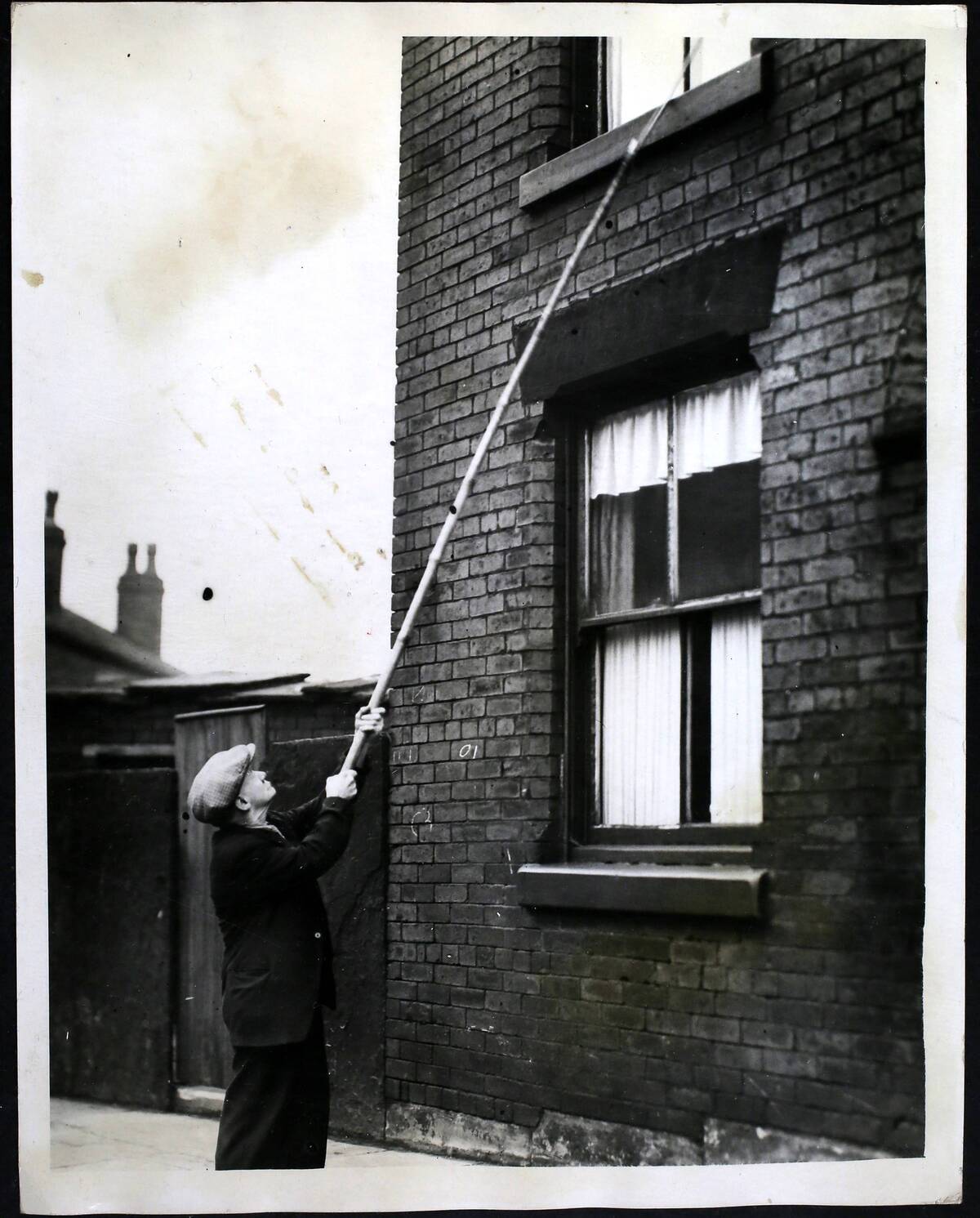
Before the widespread use of alarm clocks, ‘knockers-up’ were employed to wake people up in the morning. Using long sticks or pebbles, they tapped on windows to rouse their clients.
This service was particularly popular among factory workers who needed to rise early. Knockers-up were reliable timekeepers, ensuring their clients started the day on schedule, embodying a unique blend of trust and service.
Rat Catchers: Keeping Urban Areas Pest-Free
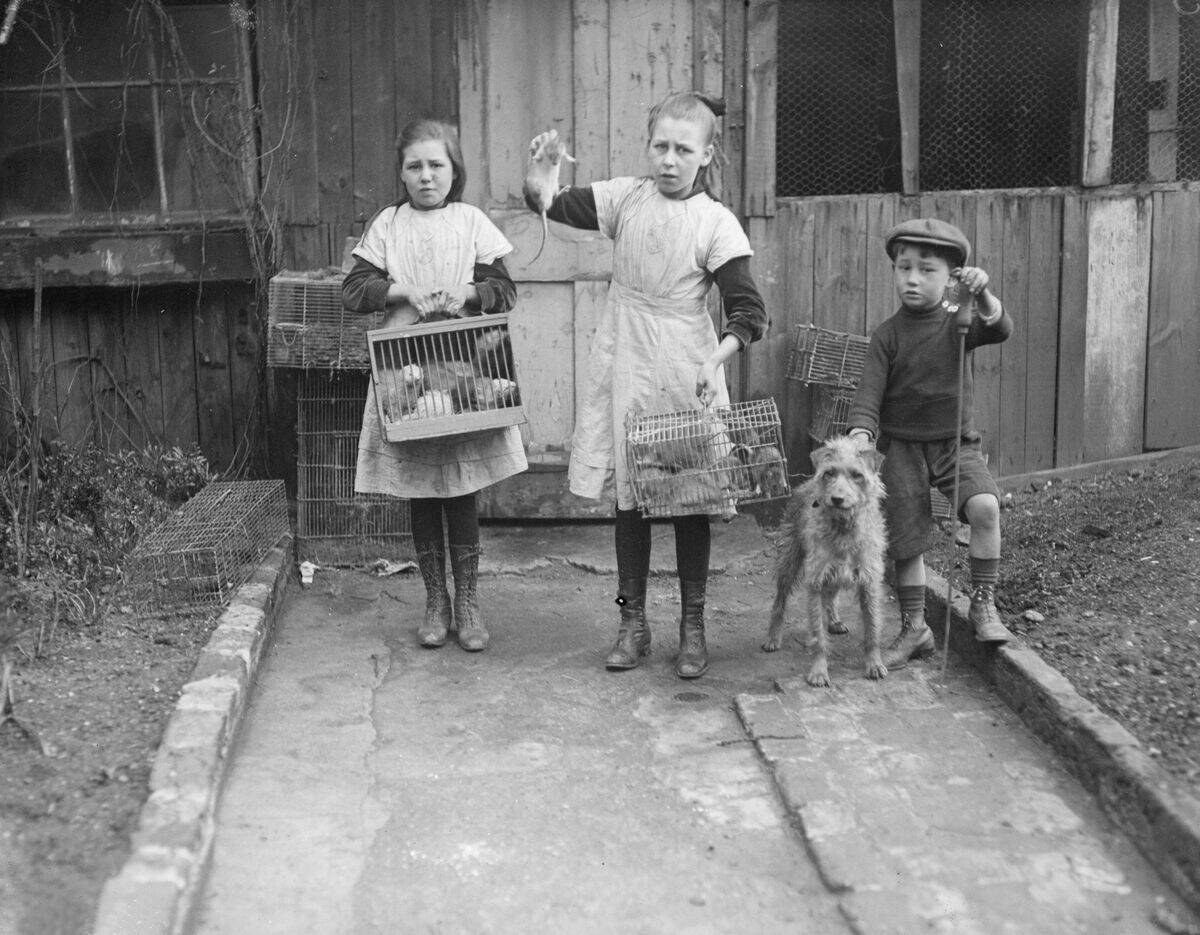
Rat catchers played a vital role in urban sanitation by controlling rodent populations. Armed with traps and sometimes terriers, these individuals combated the spread of disease. It was a risky job, requiring a keen understanding of rodent behavior and stealth.
Despite the unpleasant nature of the work, rat catchers were essential in maintaining public health, showcasing the less glamorous side of city life.
Elevator Operators: The Human Guides to Vertical Travel
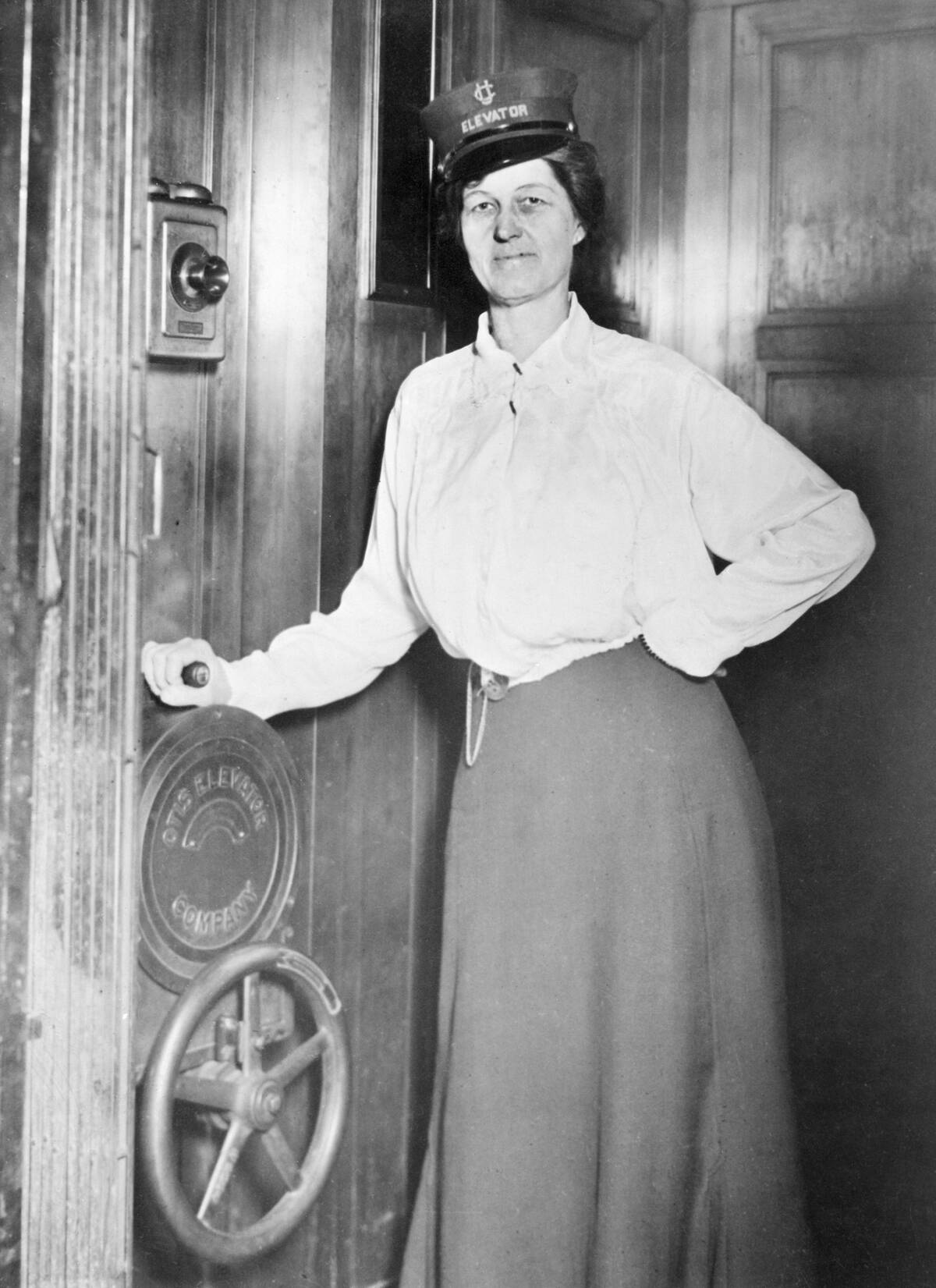
Elevator operators were an integral part of high-rise buildings, manually controlling the lift’s movement. They ensured passengers reached their desired floors smoothly, often engaging in friendly conversation along the way.
This role required a mix of technical skill and customer service, as operators were both guides and attendants. Their presence added a personal touch to the vertical journeys of countless commuters.
Leech Collectors: Supplying the Medical Industry
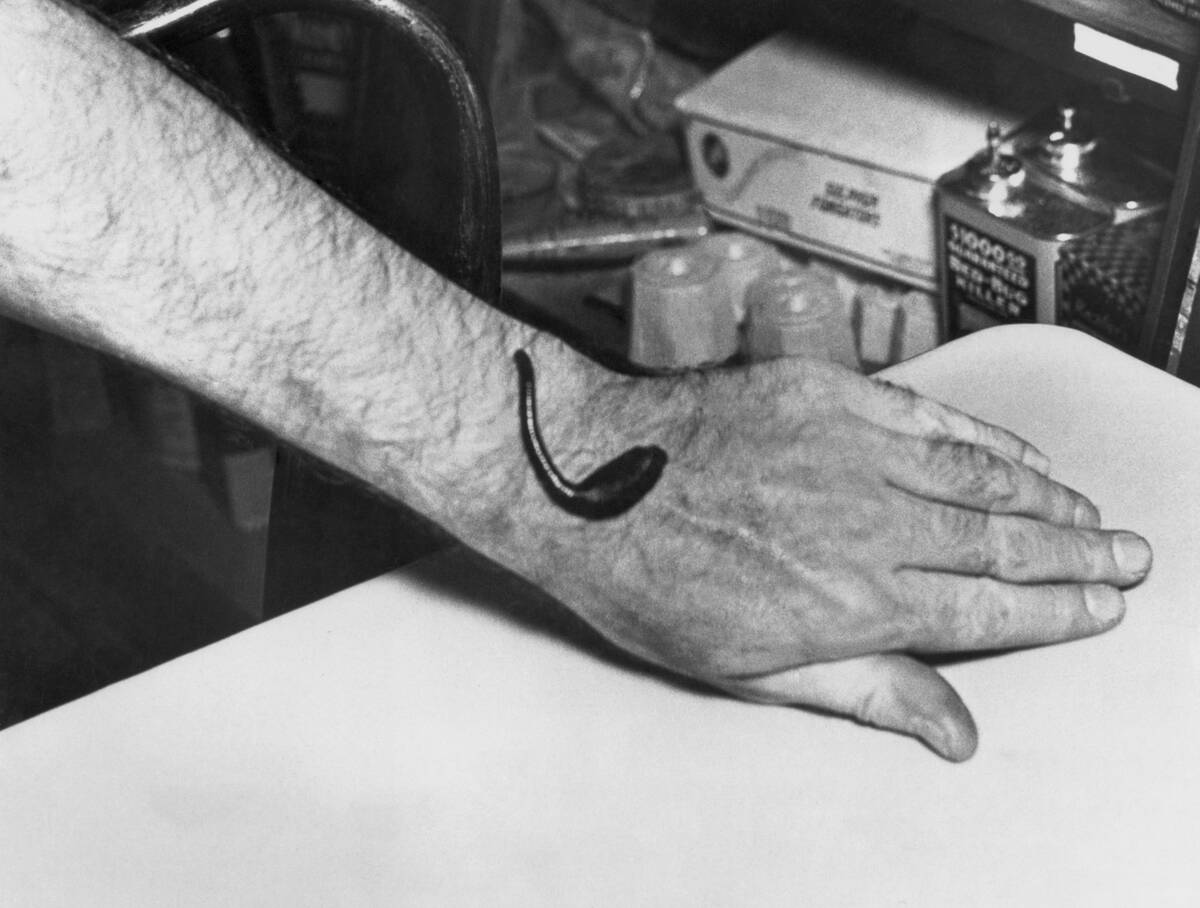
Leech collectors gathered leeches from marshes and bogs for medical use, as leeches were commonly used in bloodletting. This job was physically demanding and required a tolerance for getting wet and muddy.
Collectors would wade into water, allowing leeches to attach to their legs before removing them for sale. Despite the grim nature of the work, leech collectors supplied a crucial component of early medical treatments.
Street Performers: Entertaining the Masses for Pennies
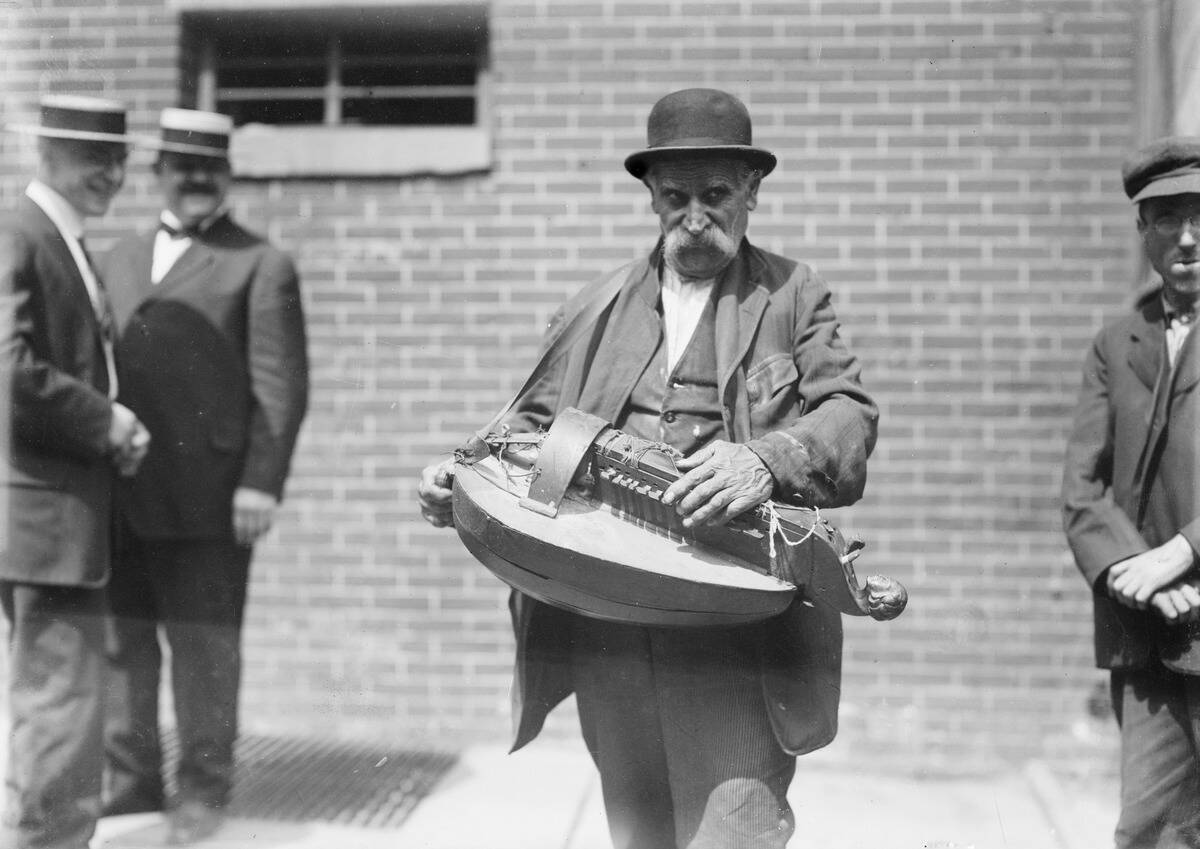
Street performers brought joy and entertainment to public spaces, often relying on audience donations for income. From musicians and magicians to mimes and jugglers, these performers showcased diverse talents.
They turned streets and squares into stages, captivating passersby with their acts. Despite the unpredictable nature of their earnings, street performers were a vibrant part of urban culture, adding color and life to the cityscape.
Door-to-Door Book Salesmen: Spreading Knowledge One Book at a Time
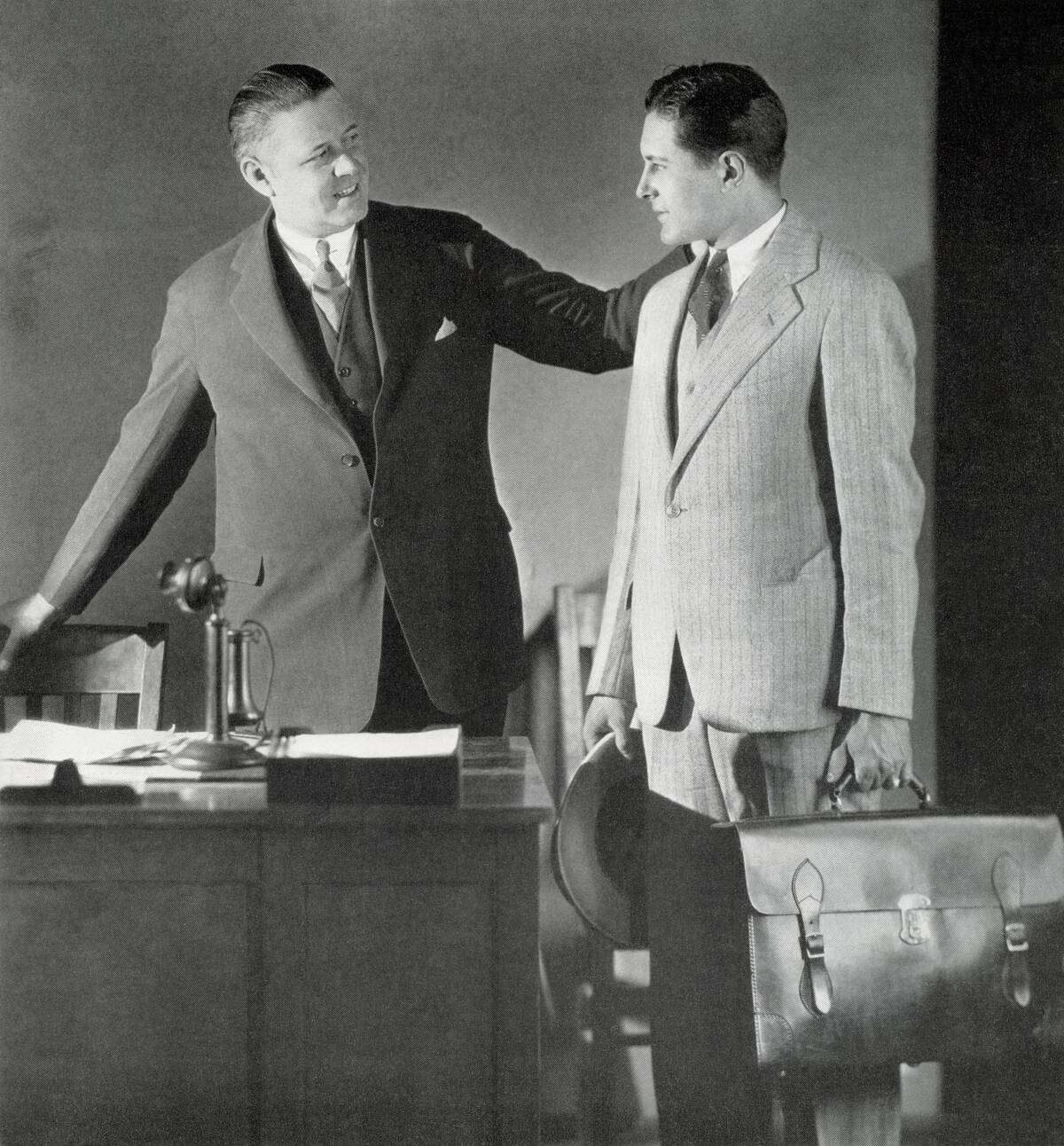
Door-to-door book salesmen introduced households to a world of knowledge and stories. With a range of literature, from encyclopedias to novels, they offered books directly to consumers.
These salesmen needed to be persuasive and well-read, capable of recommending titles that would appeal to a variety of tastes. Their efforts helped spread literacy and education, making books accessible to those who might not frequent libraries or bookstores.
Bootblacks: Keeping Shoes Shiny and Presentable
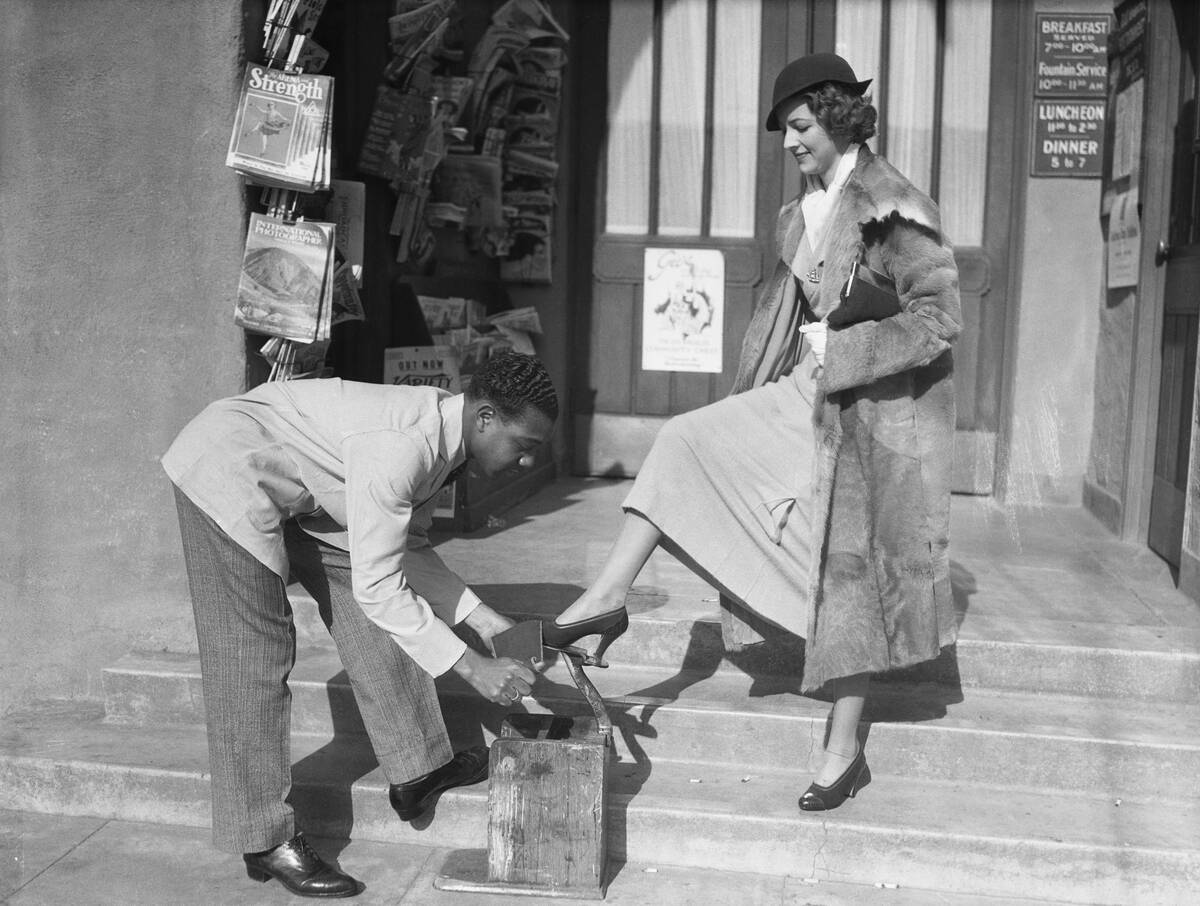
Bootblacks were skilled in the art of shoe shining, offering their services on street corners and in train stations. With a few tools and some polish, they transformed dusty shoes into gleaming footwear.
This service was highly valued, especially among businessmen who needed to maintain a polished appearance. Bootblacks provided both convenience and style, ensuring their clients always put their best foot forward.
Snake Oil Salesmen: The Dubious Art of Selling Miracle Cures
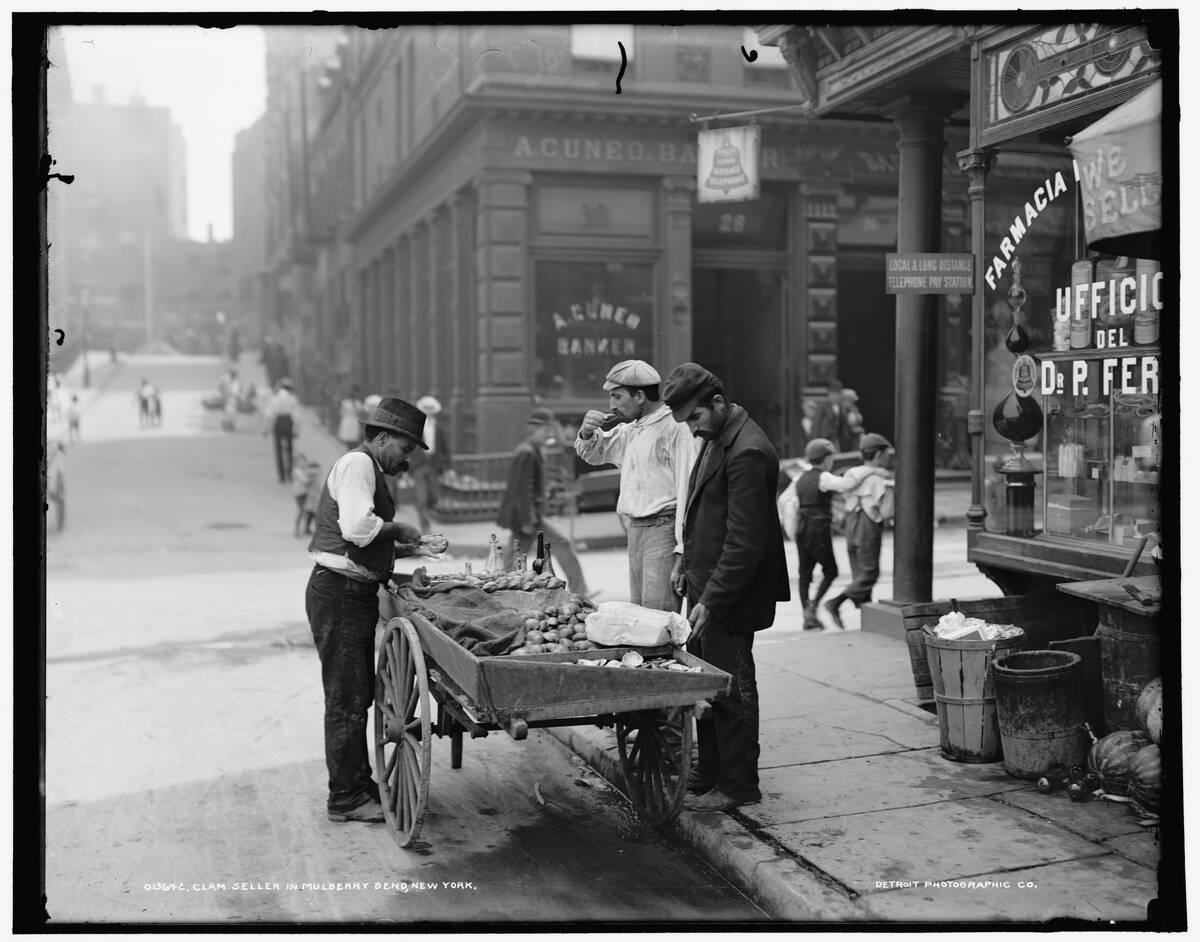
Snake oil salesmen were notorious for peddling dubious remedies, often claiming miraculous health benefits. These traveling vendors capitalized on the lack of regulation in the early pharmaceutical market, selling concoctions with questionable ingredients.
Their sales pitches were theatrical, designed to persuade skeptical audiences. Despite their dubious products, snake oil salesmen were masters of marketing, exemplifying the era’s fascination with quick fixes and miracle cures.



